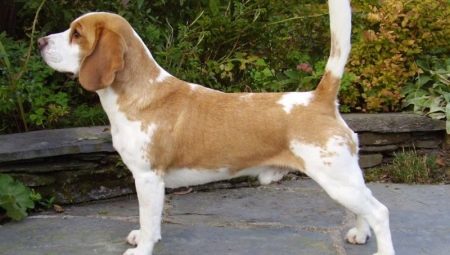Basically, all dog clubs and the International Dog Training Association defined the beagle color standard as "any shade of hounds, except brown." Only now the Kennel Club of the USA admits this coloring, causing controversy among dog breeders around the world about what color is still acceptable.
Today we will get acquainted with the colors, which are recognized by most beagle-breeders as acceptable, as well as rare, but no less recognized shades of these magnificent dogs.

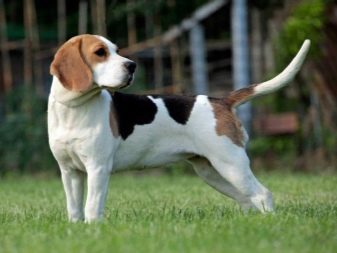
Base colors
It is worth noting that for the sake of clarity, Kennel Club has already published the officially approved list of beagle colors in 2010, and the editorial office clearly indicated which colors were accepted as standard and which were absolutely unacceptable.
The most memorable for most people who know or hold a beagle is a three-color color: the back is black, the muzzle is white, the whole body is red. Many call this coloring classic.

And yet, the variations do not stop there, and the gamut is a whole variety, where it is difficult to call one color true and others unacceptable. Everything is very subjective, and each beagle owner is proud of his hound.
There are several basic combinations:
- bicolor;
- tricolor;
- gray tricolor;
- brown tricolor.
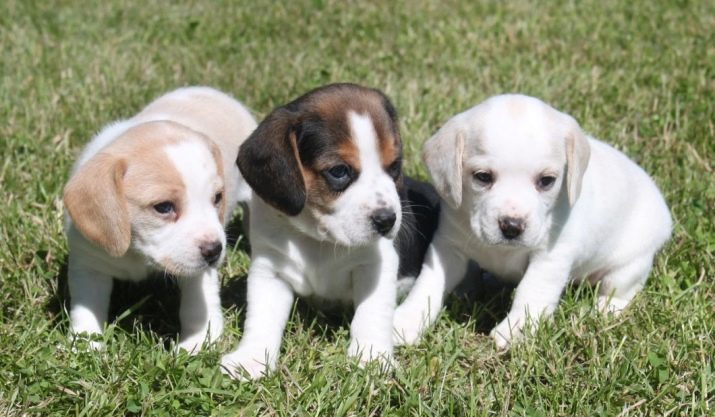
There are beautiful variations:
- spotted;
- maroon;
- motley.
It is worth considering them in more detail.
Bicolor
"Bee" means 2, that is, such a beagle is a two-tone, usually white-red. Red color can be represented both muffled, closer to yellow, and brightly, reminding, rather, red. The puppy will be born with pale spots that will darken over time. The nose will be dark. If the dog is light, the lobe is more intense in color.
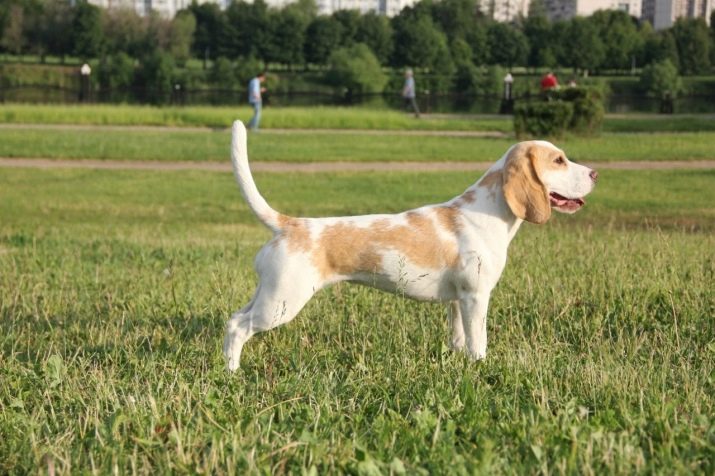
Tricolor
Colors are combined and interspersed in the most bizarre way, but the tip of the tail will always have a white color. The spots have different sizes, and the dominant shade will add an increasingly unique combination to the beagle.
If there is more white, the animal will look very harmonious and innocent, while mixtures with black will add to the appearance of mischief. By the way, black will also not always be in its intensity - sometimes the color can be paler, closer to gray, sometimes just charcoal, and sometimes even with a blue tint, which is also called the "color of the raven wing." The nose is black, as in the previous case.
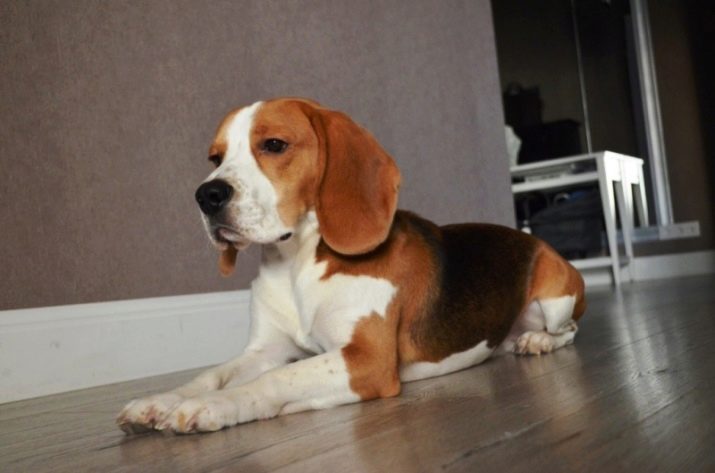
Gray Tricolor
Another tricolor option is red-white-gray. The gray shade itself is often called blue, because the ebb in lighting or in the sun creates just such an impression. The puppy will be born white-gray, and the adult beagle will already change its color - a red one will be added.
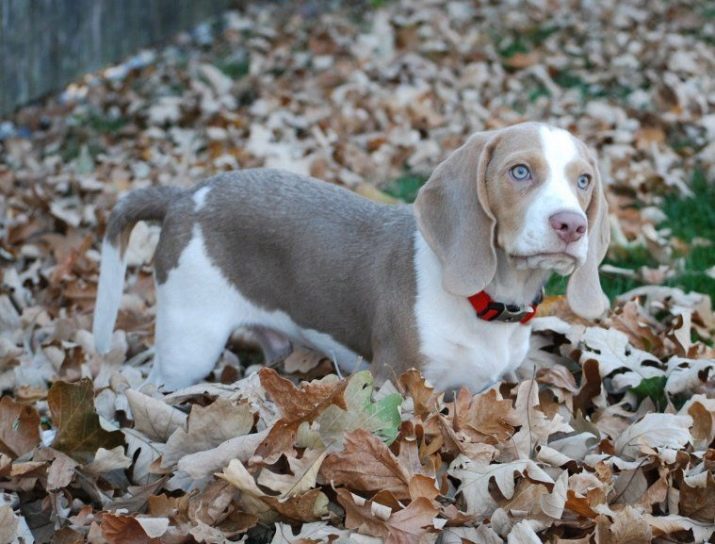
The nose is a shade of graphite pencil, the eyes are very light, sometimes a lemon shade.
Brown tricolor
In these beautiful beagles, breeders changed the gene responsible for the black color and lightened it to chocolate. The eyes of these handsome men are green, as if they have a bright brown pencil eyeliner. The nose is also brown. Shades of this color can be so different that it is not possible to list everything - up to 190 tones! This is ocher, and all the “types” of chocolate, and sand, and gold, and nut, and wine, and many, many others.
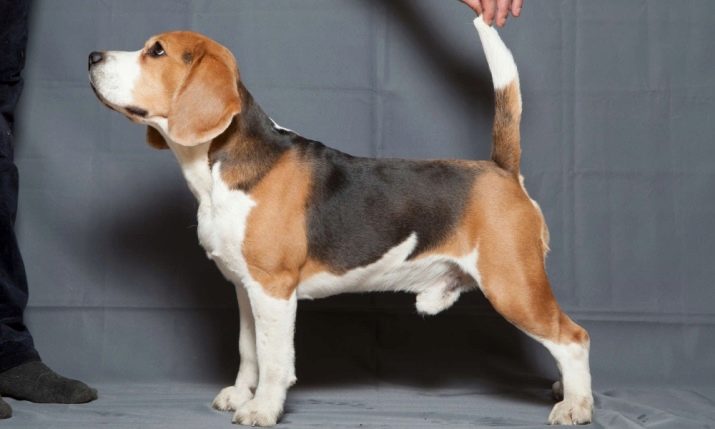
It’s only a shame that such a variety of brown beagles did not hit the Kennel Community, and this magnificent color is not recognized by the standard.
Spotted
This color is jokingly called the "torn tricolor" - because of how sharply the colors on the animal contrast with each other. White is a kind of base, and black literally “tears” it everywhere. Sometimes you can see only black dots or spots mixed with red.
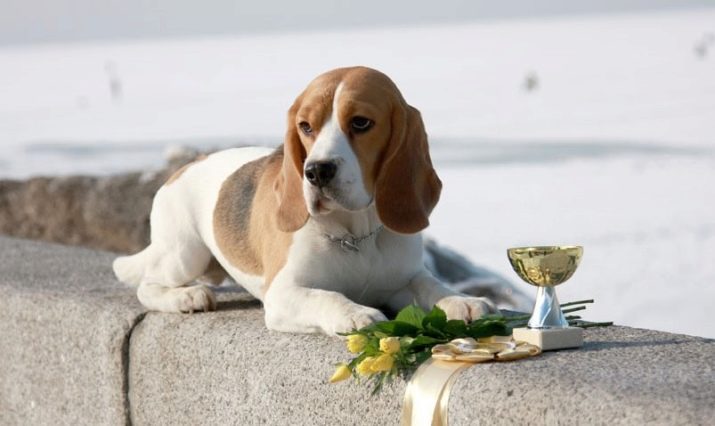
Maroon
Representatives of this coloring look very impressive - both two-color and three-color beagles can wear specks of different shapes and sizes. At first, as a rule, when a puppy was just born, no inclusions can be seen, but they appear already at 5 weeks of age. But there are really speckled puppies who are already born with such a wonderful twist. An interesting detail also lies in the fact that the color of the paw pads in these speckled dogs is solid dark, and pink is in all other beagles.
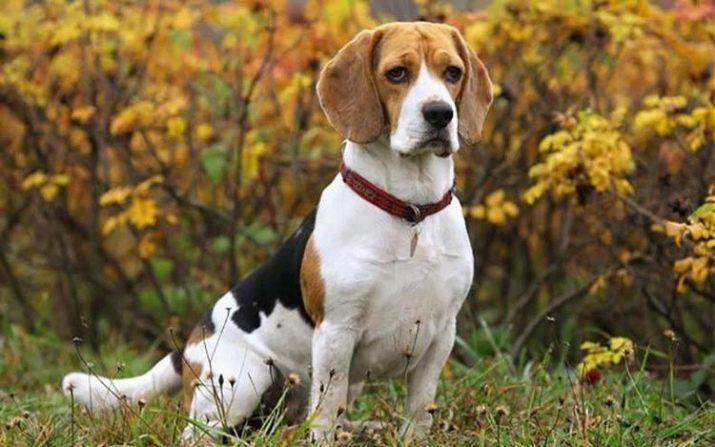
Motley
Very unusual color. The varying color intensities in these dogs create a rabbit-motley color or lemon motley. The rarest shade is badger-motley, when all the base wools are black.
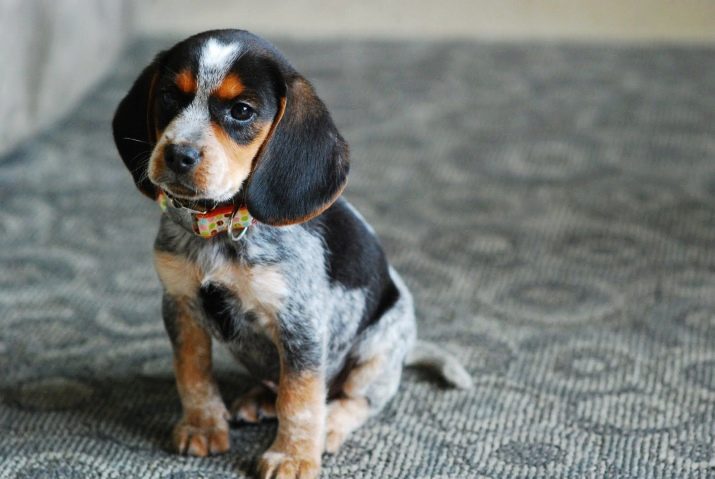
Basically, these hounds are found in the United Kingdom, where they are favorites by breeders due to their unusual nature, and the shade itself, unlike world decrees, is included in the standard.
The color of the lobe is dark, and the muzzle is necessarily red. But the Beagles do not very clearly determine where the boundaries of this variegation are. For some - when some hairs are of the same color, and interspersed - of another. Others consider colorful coloring when black and red hairs go evenly.
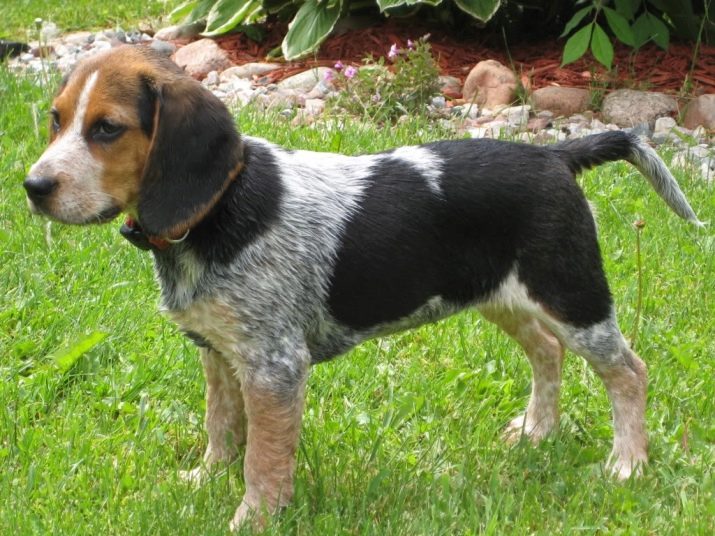
This color is also characterized by a certain feature of white color, which can never be called pure. In colorful beagles, it is always either "dirty", or with all kinds of pastel impurities. The border of white and other colors is very blurry.
As we see there are a great many variations of even the several types and subtypes described, and most often, in order to avoid mistakes, just two basic colors are simply written in the beagle's pedigree documents: bicolor or tricolor. Very rarely you can see additional explanations, but the owner will certainly know how unique the color of his faithful friend is, and he will always proudly explain in detail to anyone who wishes.
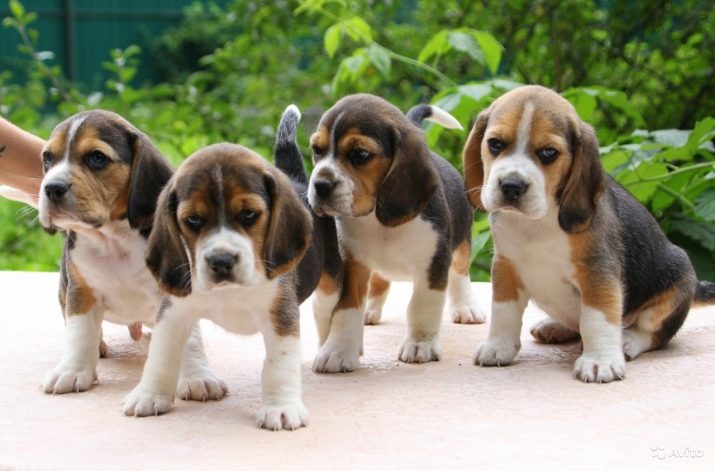
About the features of the Beagle breed, see the next video.
